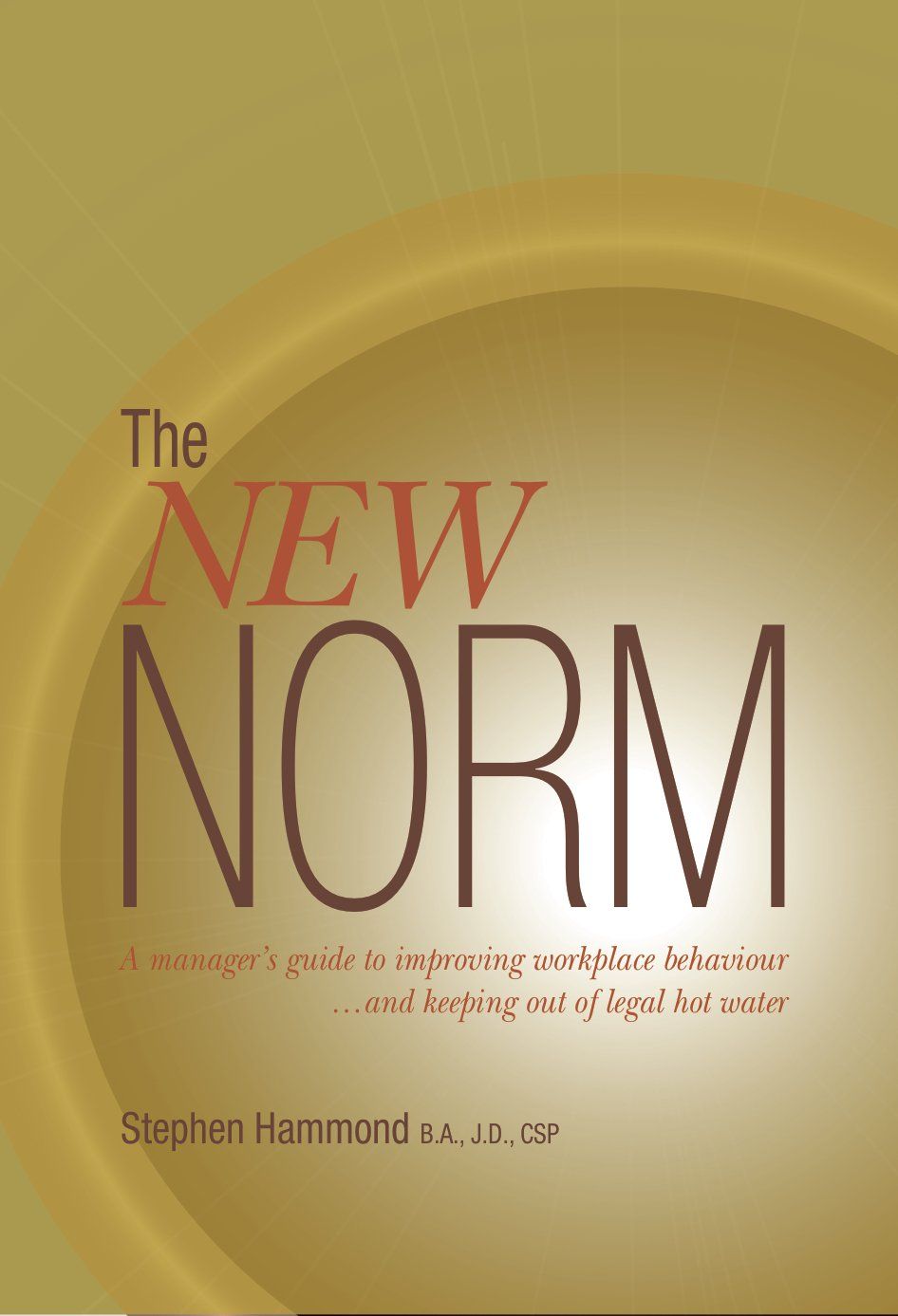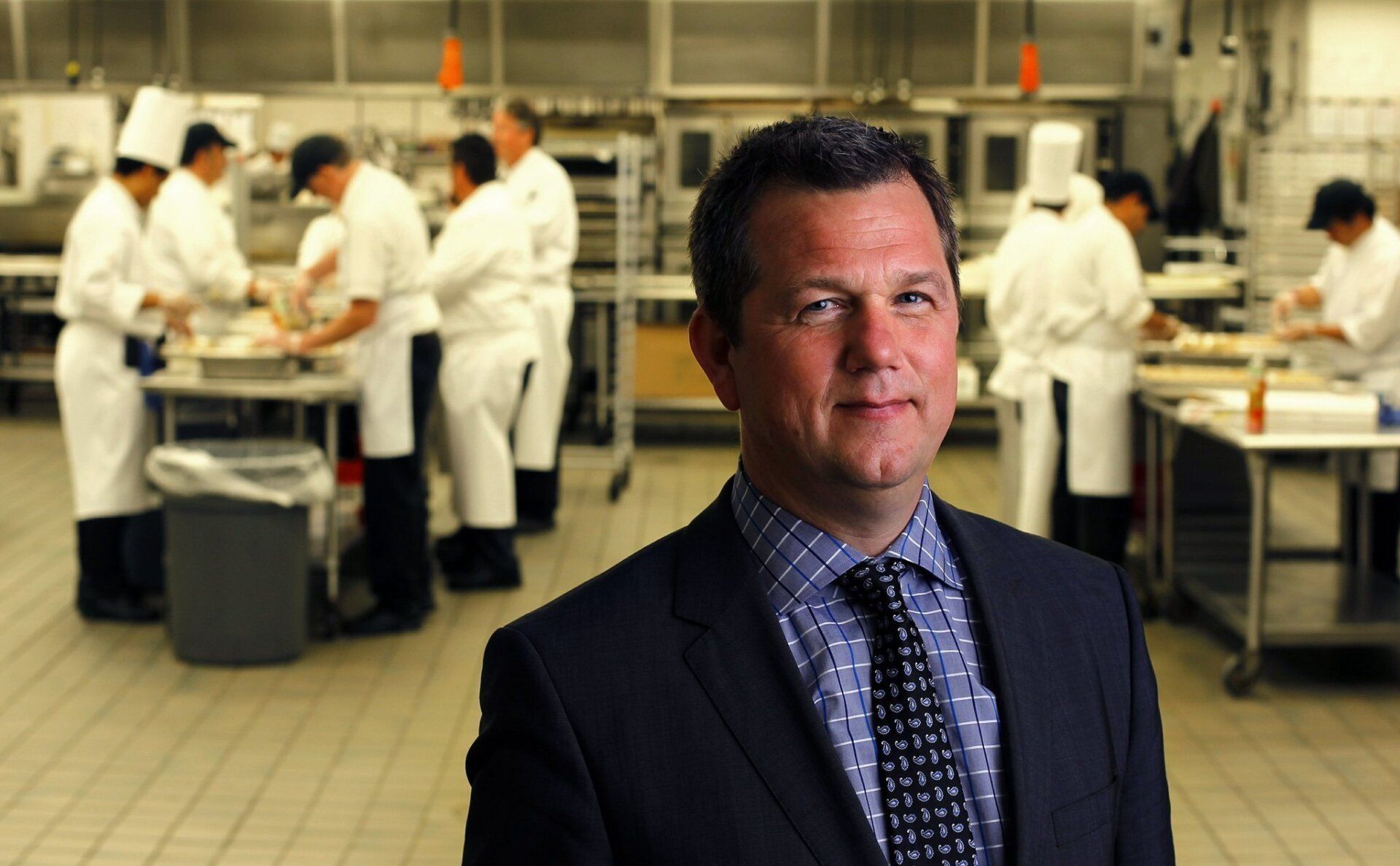Chapter ten
THE NEW NORM behaves the same privately as publicly
Centerplate Inc., headquartered in Stamford, Connecticut, boasts of providing quality food and beverage services since 1929. A good portion of its business is providing food and beverage services in arenas, theatres, athletic venues, convention centres and other places where people gather.
In the United States, Canada and England, you can find their services in more than 300 venues, including Vancouver’s Convention Centre and B.C. Place stadium. In 2009, the president and CEO was Desmond Hague of Connecticut.
In July, 2014, when Hague was in Vancouver, a friend asked him to walk Sade, his year-old Doberman pinscher. When Hague returned to the luxury condos of the Hotel Georgia in downtown Vancouver, the video camera in the elevator captured him kicking the pup several times and yanking her by her leash.
On August 19th, the B.C. Society for the Prevention of Cruelty to Animals (SPCA) was given a copy of the video and shortly thereafter, the news (and video) went viral. Immediately the board of Centerplate announced that Hague was on probation and would donate $100,000 to a foundation to honour Sade, as well as volunteer 1,000 hours of community service.
As public outrage grew, people demanded that prominent sports and entertainment venues cut ties with Centerplate. The company realized that probation wasn’t enough. Days later the board announced that Hague had resigned and the chief operating officer was taking over the helm on an interim basis.
In April, 2015, Hague pleaded guilty to charges of animal cruelty; a British Columbia judge ordered him to pay a $5,000 fine and banned him from owning an animal for three years. The SPCA wanted more, but the judge heard evidence that Hague was on prescription medication and had been drinking at the time of the incident with Sade.
His lawyer also noted that Hague, whose salary was at least $4.7 million, was still unemployed almost eight months after resigning and wasn’t certain when he’d be employed again. Throughout the process, both Hague and his lawyer said how much he regretted his actions, that it was a momentary lapse of judgment and it would never happen again.
Perhaps if Mr. Hague had taken my Respectful Workplace online course, he would have known that due to social media, employers can no longer put up with assaults on their reputation.
In a different case, “Jack” drove a commercial truck for BFI Canada Inc., a waste management company. (We’ll call him Jack, as his name wasn’t revealed in the case.) He had more than a dozen years with the company, the last six or so as a truck driver.
In November, 2013 the company dismissed Jack because earlier that month it received a report showing he was using his cell phone for perhaps four seconds while the truck was moving, a clear violation of the company’s policy. Each truck is equipped with a dashboard mounted video camera and each driver is aware that under certain circumstances, the system retains the recordings and sends a report to management.
Jack’s union accepted that as a professional driver, he is held to a higher standard. The union also conceded that Jack’s cell phone use warranted some form of discipline. However, they thought termination of employment was too severe and therefore put his dismissal to binding arbitration.
Not every transgression, even ones related to safety, warrant a termination of employment, especially when you consider the many years of experience Jack had with the company.
However, when you combine this safety issue with Jack’s recent discipline for three other unrelated incidents and his deflecting blame away from his own responsibility and onto others, this worked against him. On February 12, 2015, the arbitrator dismissed the case, allowing BFI’s termination of Jack’s employment to stand.
These cases are different in one sense, but similar in another. The case involving Sade is more than just about animal cruelty. It also involves a company trying to protect its brand and not lose massive and presumably lucrative contracts because of one incident.
The case involving Jack has little to do with brand and more about safety. But both cases came to light because in our new world, virtually everything one does may be recorded. Whether we like it or not, that’s our reality, so what we do in private had better not differ greatly from what we do in public.
The OLD NORM
- didn’t have to worry about cameras mounted everywhere, capturing every movement made.
- lived in a world where one’s actions would not go viral at any moment.
- was able to have a different persona in public than in private.
- could speak of all the wonders he was capable of, or how he rigidly followed company rules, since no one was the wiser.
The NEW NORM
- may not like being watched by cameras everywhere, but realizes this is a new reality.
- isn’t actually worried about cameras (despite their invasion of privacy) because a camera won’t catch her doing anything seriously wrong.
- realizes that his workplace reputation or “brand” actually has some merit to it and doesn’t want his actions to hurt that reputation.
- knows that people have access to information and videos instantly, sometimes impacting their job.
Suggestions for the New Norm:
01
Assume someone’s watching. I don’t particularly like this part of our new world, but it’s our new reality. While there are certain privacy protections by law, cameras are still everywhere. It’s not just an imaginary Bourne Identity movie anymore. If you feel comfortable with your actions, regardless of a camera, you have nothing to worry about. Unfortunately, one bad decision, or the actions from one bad day, and the consequences can be severe. Often your explanation comes too late and people aren’t as willing to forgive.
02
Don’t assume you have no rights. As noted above, there are privacy protections. Also, even if there are good, valid reasons to record employee behaviour, people can still ask for limits on the protections. For example, recordings should be kept only for a certain length of time and the use of the recordings should be greatly restricted.
03
Accept responsibility. If you are caught on camera doing something inappropriate, don’t blame someone else (unless of course someone else is responsible). Sure, there may be other explanations, but often cameras don’t lie. Hopefully your transgression isn’t so bad that it warrants being fired, but even if it’s bad enough, it’s best to own up and move one.
This chapter lets you know that
due to social media and cameras everywhere, there can be workplace consequences.
For more examples of other very inappropriate behaviours, consider reading
Chapter 13: The New Norm doesn’t engage in “baffling and bizarre” workplace behaviour.
Purchase a copy of The New Norm, or if you think all your supervisors and managers, could learn many valuable lessons about creating a respectful workplace, free of harassment, bullying and discrimination, you can get volume discounts.
What one reader has to say about Stephen’s book, The New Norm
“Stephen Hammond’s book, ‘The New Norm’ is easy to follow and full of common sense. I loved the real case examples, older ones that stand the test of time and new ones that are relevant in the ever-changing landscape of the work environment. He categorizes behaviour as it was and as it should be - what every employer should strive for.”
Jackie Gruber, Human Rights and Conflict Management Officer
University of Manitoba
Respectful Workplace Online Training Course
If you, your employees or your managers want more information,
sign up for my new online training course:
The Respectful Workplace in Canada.
With 10 modules of useful, relevant and current information,
this course can help everyone at your workplace.
This may be the best online harassment training your people will get.
Stephen Hammond is a lawyer turned speaker and consultant in the field of harassment, sexual harassment, bullying, discrimination, diversity and inclusion at work.
The New Norm is Stephen’s third book.





